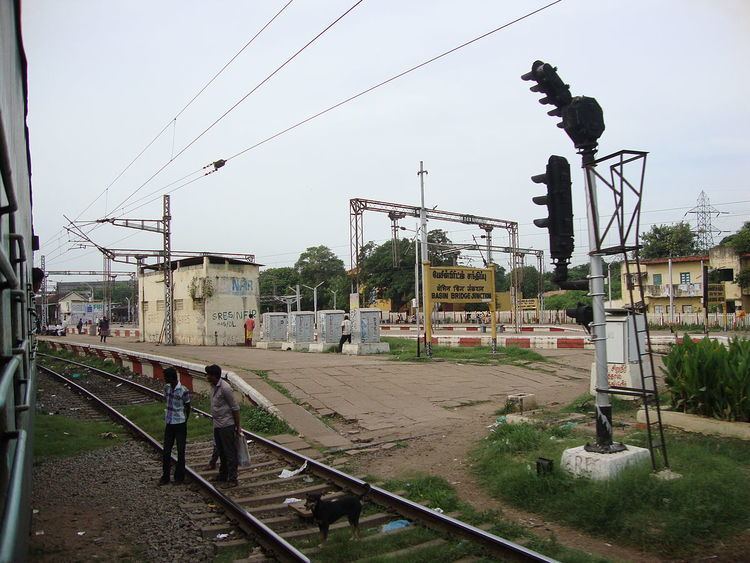 | ||
Classification of railway accidents, both in terms of cause and effect, is a valuable aid in studying rail (and other) accidents to help to prevent similar ones occurring in the future. Systematic investigation for over 150 years has led to the railways' excellent safety record (compared, for example, with road transport).
Contents
Ludwig von Stockert (1913) proposed a classification of accidents by their effects (consequences); e.g. head-on collisions, rear-end collisions, derailments. Schneider and Mase (1971) proposed an additional classification by causes; e.g. driver's errors, signalmen's errors, mechanical faults. Similar categorisations had been made by implication in previous books e.g. Rolt (1956), but Stockert's and Schneider/Mase's are more systematic and complete. With minor changes, they represent best knowledge.
Classification of rail accidents by effects
Collisions
Other
Classification of rail accidents by causes
Drivers' errors
Signalmen's errors
Mechanical failure of rolling stock
Civil engineering failure
Acts of other people
Contributory factors
